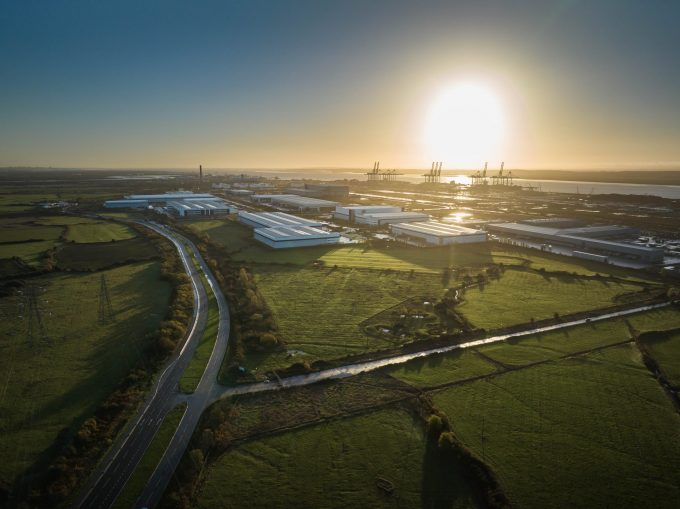MSC adds even more port calls to its 2025 standalone network
MSC is doubling down on its 2025 strategy of offering shippers and forwarders as many ...

The boardroom at DP World’s London Gateway headquarters offers an absorbing panoramic view of the Thames estuary and its immediate low-lying hinterland. To the left sits a row of warehouses sporting logos that look like a logistics postcard; to the right is London Gateway terminal, ...
Keep our news independent, by supporting The Loadstar
Four crew members still missing as Wan Hai 503 continues to burn
Explosions and 'out-of-control' fire reported on Wan Hai box ship
Carrier price hikes hold, driving spot rates higher as space gets scarcer
MSC Elsa crew face criminal probe, as Wan Hai 503 firefighters battle on
Transpacific rates ease as capacity boost proves too much for trades to digest
'It's driving us mad', say forwarders as US court fails to end tariff turmoil

Comment on this article